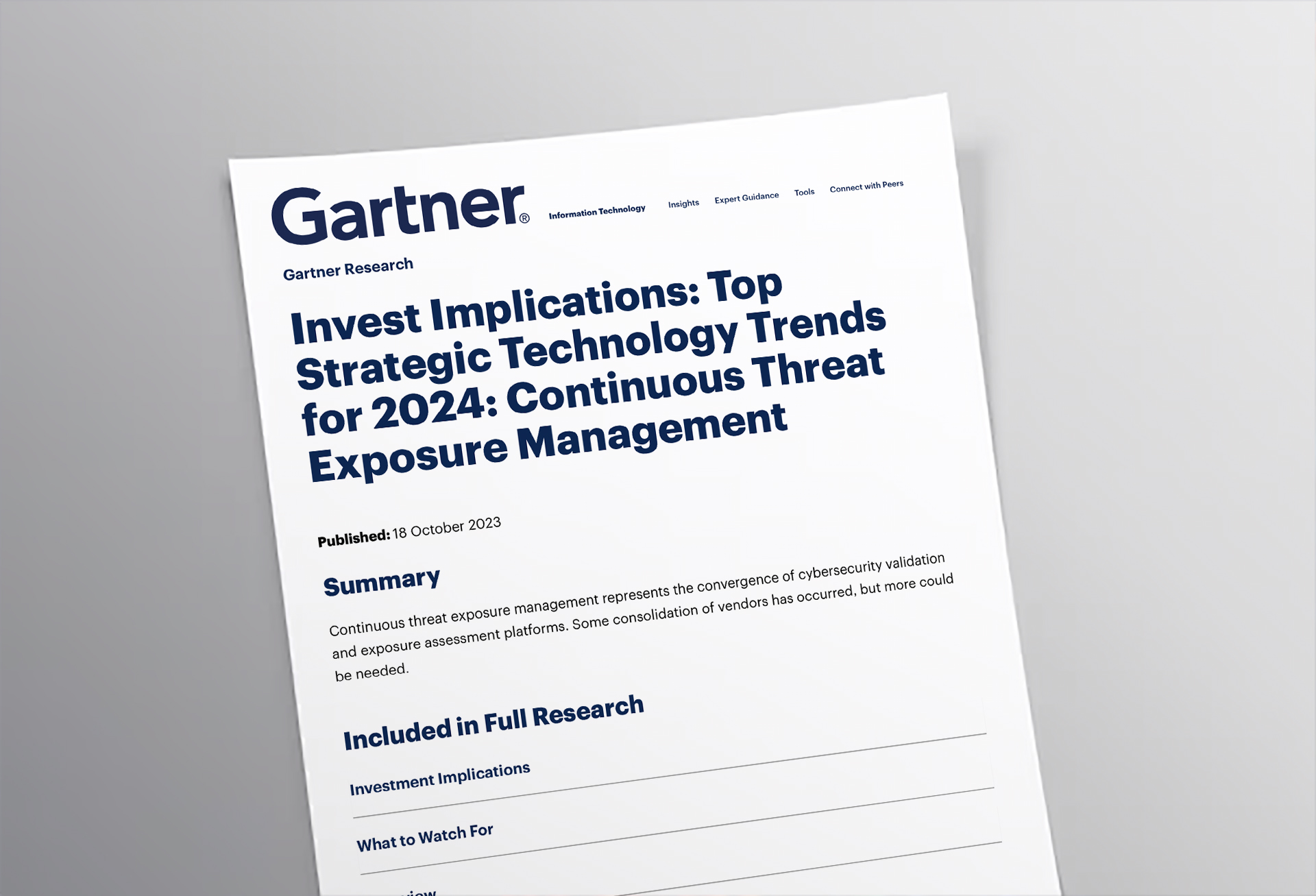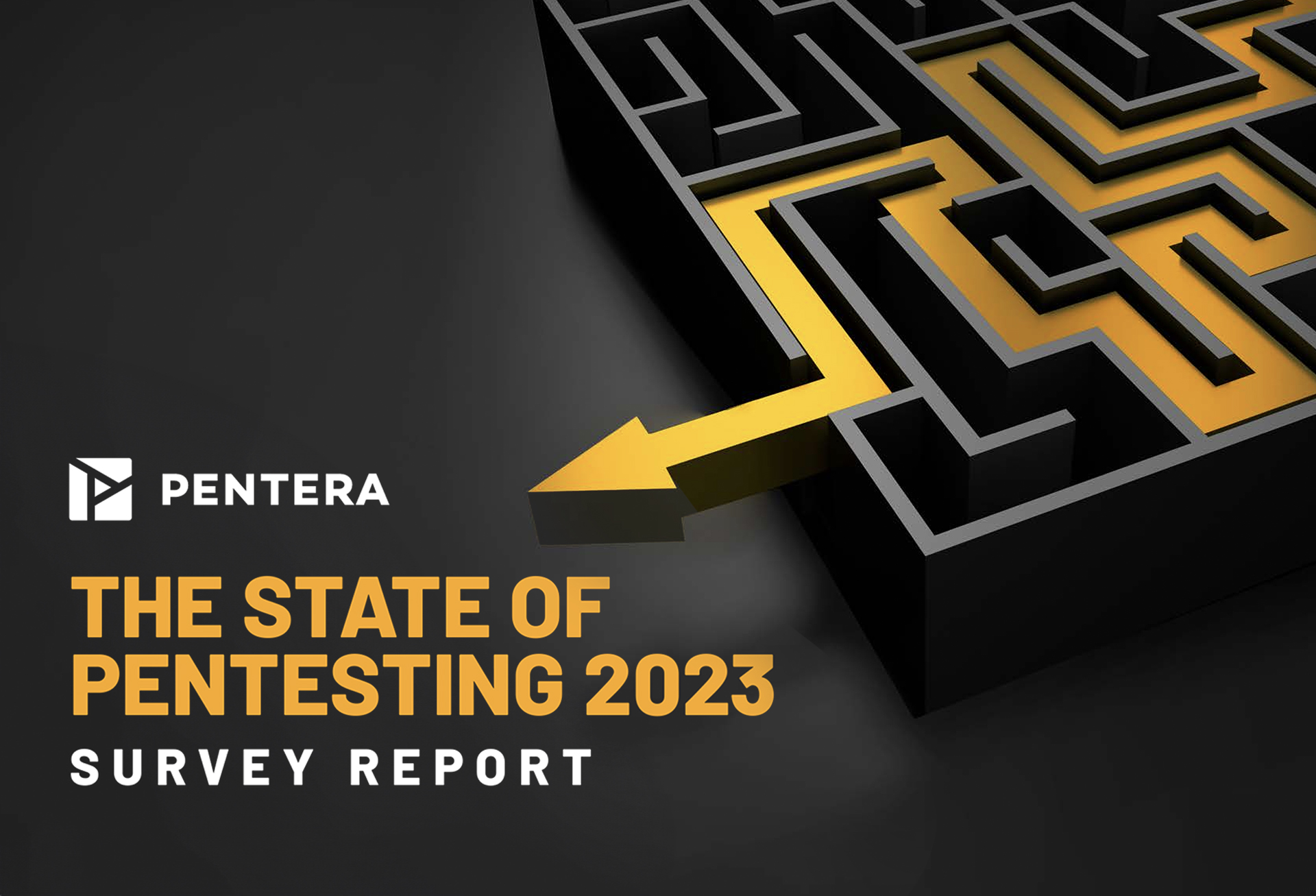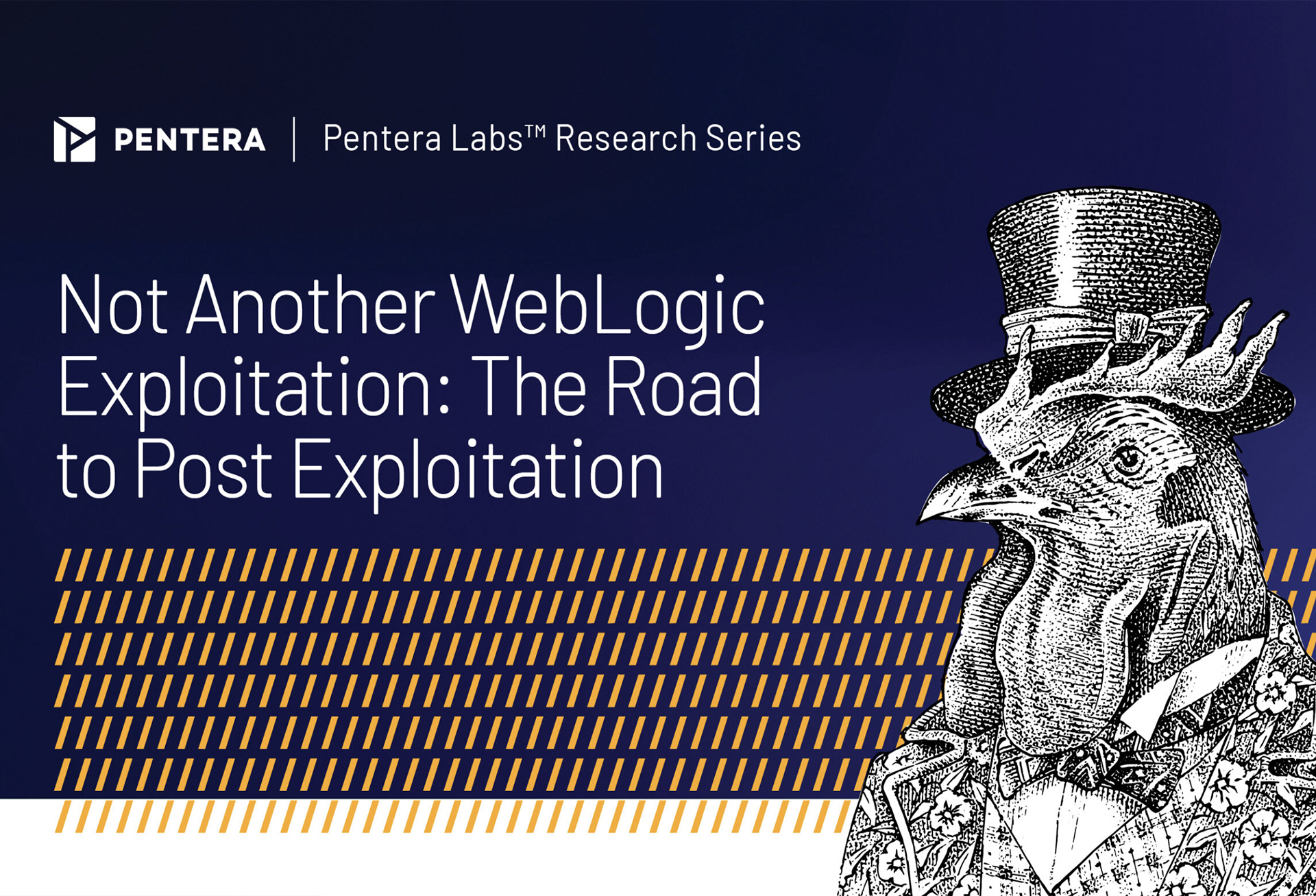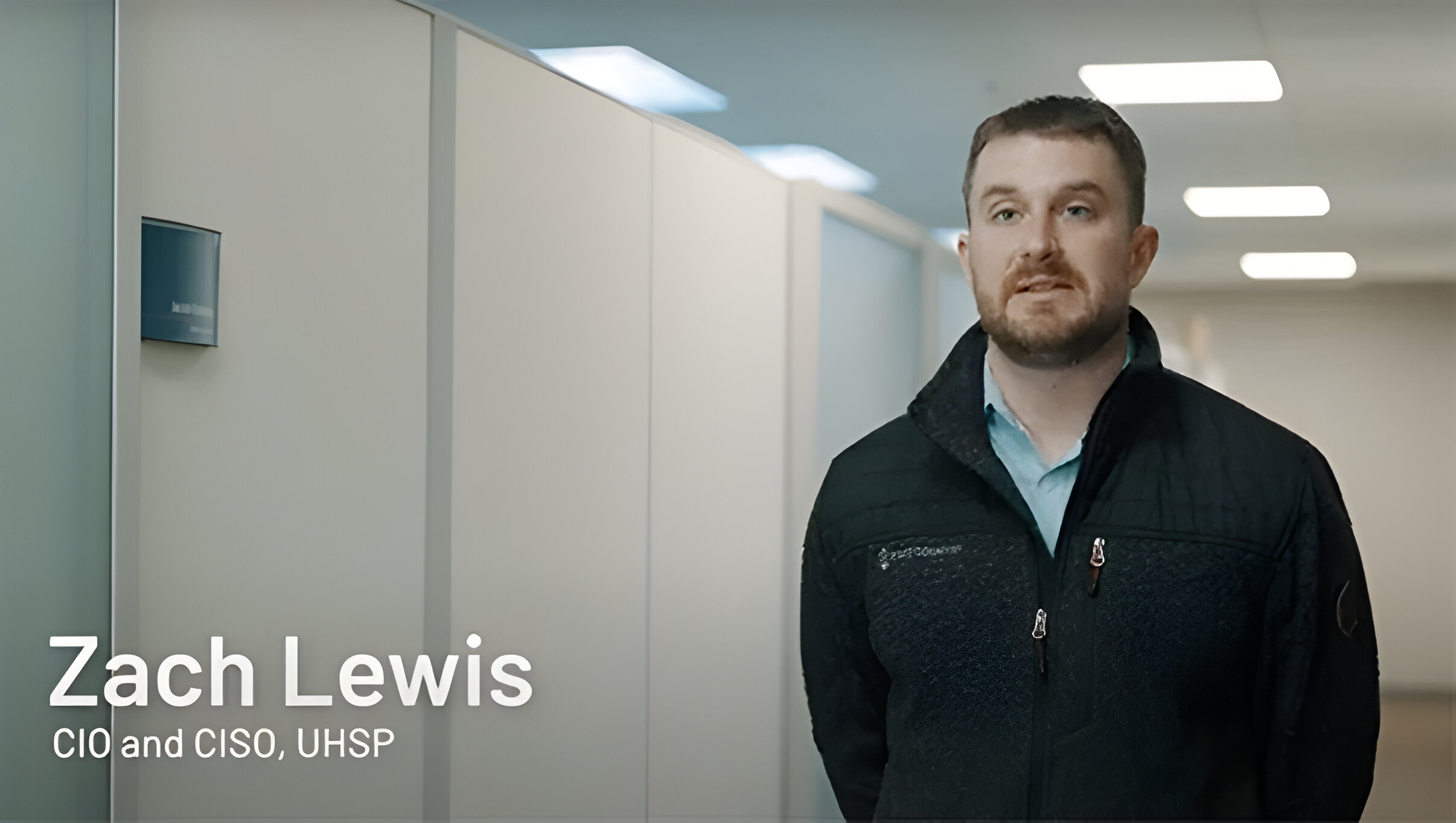Seeing Pentera set a new standard for Enterprise-scale security validation with the launch of Pentera 7 brings me a great deal of satisfaction as a further step towards realizing my early vision for Pentera. This release is the result of years of collaboration with CISOs and security teams seeking to manage the scale and complexity of large network environments. Pentera 7 brings the automation, scalability, and precision required to continuously validate security across distributed infrastructures. In an increasingly competitive market, this version keeps Pentera at the frontier of security validation, building cyber resilience at the scale required by the enterprise.
Addressing the Challenges of Enterprises
So, what are the testing challenges that are unique to Enterprises?
Firstly, the enormous attack surface – Enterprises have extremely wide and distributed architectures, which means that testing is typically fragmented, with the risk of leaving critical blind spots.
Secondly, the myopic view – Compounded by fragmented networks, it’s hard to get the full view of how a potential attack sequence could take place. Most automated pentesting or BAS tools will only show you the exploitable attack vector that gave entry or only show you how a certain type of TTP could be used in your environment. All have their specialized angles. Few will show where you’re vulnerable across your attack surface, and what the downstream impact of a vulnerability would be.
Thirdly, limited testing orchestrations – In enterprises, IT is the backbone that “keeps the lights on” and allows business to carry on smoothly. This brings with it the necessity to test different parts of the environment at different times, and to conduct different types of tests for different business objectives, whether they be compliance or mergers. The multi-faceted requirements can make it impossible to schedule runs according to specific testing needs.
Lastly, inoperable data – There is often a gap left unmerged between testing and mitigation, making tangible improvements never a sure thing. With the data dumps that often follow a round of testing, the clarity needed to prioritize remediations and ultimately elevate the security posture is often missing.
Let’s explore how each of these areas have been addressed in Pentera’s recently released features to support Enterprises.
Enterprise–Wide Security Validation with Distributed Attack Orchestration
From day one, Pentera’s architecture was purpose-built for the realities of complex, distributed enterprise environments. At its core is a central orchestration node—serving as the command center for attack emulation—complemented by a flexible network of remote nodes. These nodes can be persistent or ephemeral, fully dedicated attack machines or lightweight bridges leveraging existing infrastructure. This design adapts to each organization’s unique requirements. With distributed attack orchestration, enterprises can now execute concurrent testing across remote sites and data centers, validating security controls across fragmented environments. It’s how we enable scalable, continuous validation across networks with hundreds of thousands of endpoints.
Breadth and Depth of Security Validation
By combining distributed attack orchestration with deep emulation of the full attack chain, Pentera delivers a uniquely comprehensive view of enterprise exposure. This approach allows organizations to validate not just isolated vulnerabilities, but the complete adversarial path—from initial access through lateral movement to privilege escalation—across the entire enterprise environment. No other solution matches this level of breadth and depth, enabling security teams to see and understand their true risk posture with clarity that was previously unattainable.
Actionable Insights with the Aid of AI-Based Reporting
Further building on our curated reports that are automatically generated moments after each test run, Pentera now leverages AI to identify patterns in exploitability over time— aggregating results across sites, highlighting recurring weaknesses, emerging risks, and areas for improvement. This actionable guidance supports both technical teams and executive stakeholders; offering clear guidance on how to reduce exposure to technical teams and clear top-line summaries to executives. Helping security leaders get buy-in from all sides to strengthen defenses across the organization.
Flexible Testing Operations with Centralized Management
As security validation scales across the enterprise, centralized management becomes essential for maintaining control and efficiency. Pentera addresses the limitations of fragmented orchestration with a centralized operations hub—enabling teams to manage tests simultaneously in different locations. Pause, resume, or extend those tests as needed and add credentials on the fly.
Testing schedules have been made more granular providing greater flexibility to run validations on demand or automate them based on recurring schedules. Helping to build alignment with business operations, whether during peak hours, off-hours, or on specific days.
A New Era in Enterprise Security Validation
This is an exciting moment for me as CTO of Pentera. With the backing of our world-class cyber R&D and Product teams—whose deep understanding of attacker behavior shapes every capability we build—it’s deeply rewarding to see the platform evolve to meet the real operational needs of today’s enterprise security teams. Pentera 7 isn’t just a product milestone; it’s a reflection of our commitment to redefining how organizations validate security at scale. As we continue to advance the science of adversary emulation, our focus remains clear: empower defenders with the clarity, control, and confidence to continuously stay ahead of threats.
Learn more about Pentera’s platform features to support enterprises.








